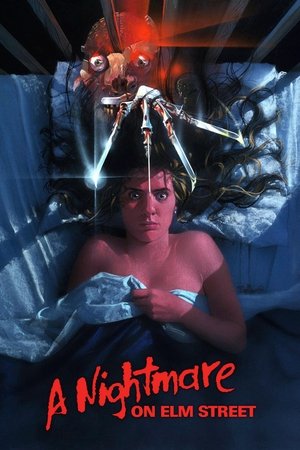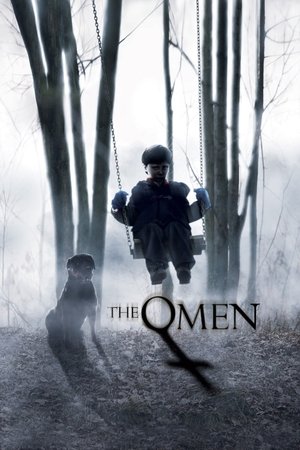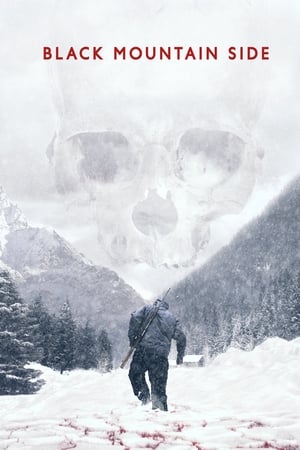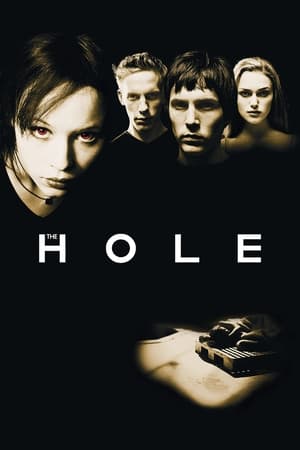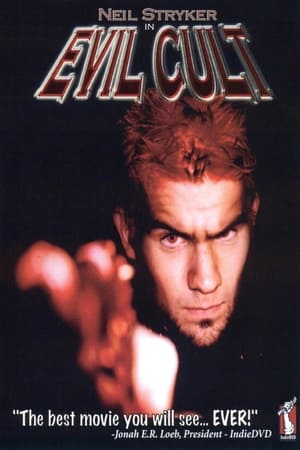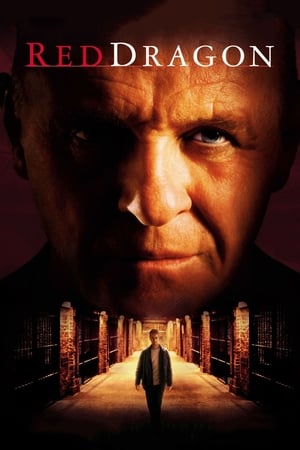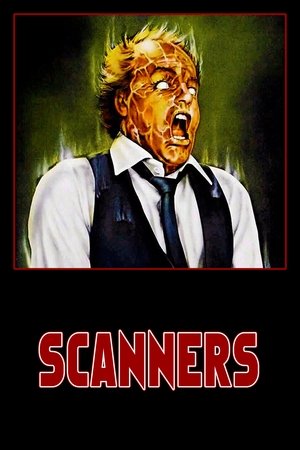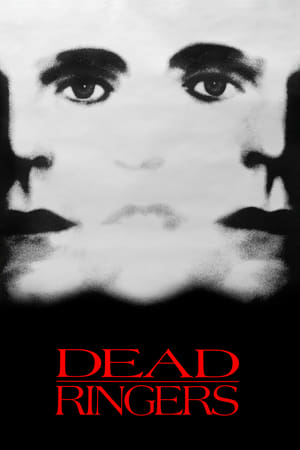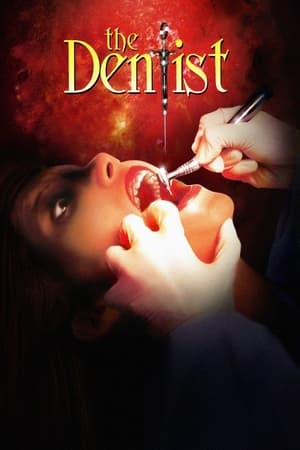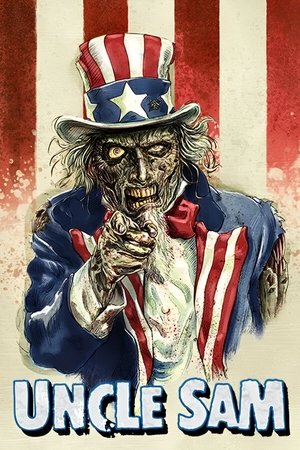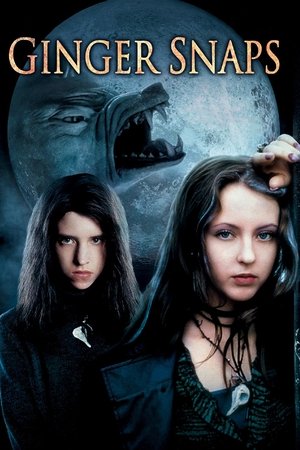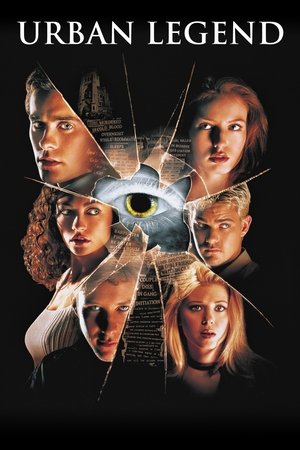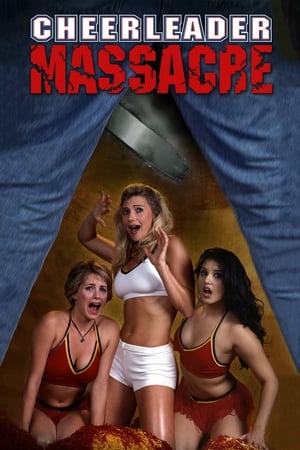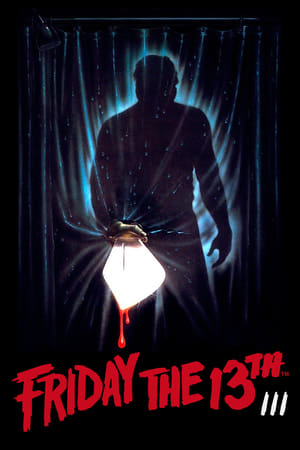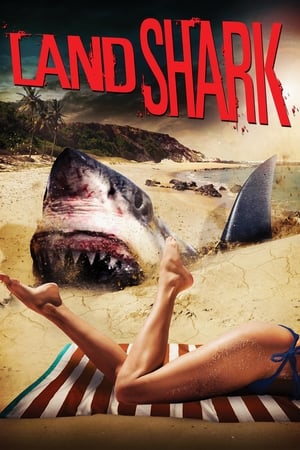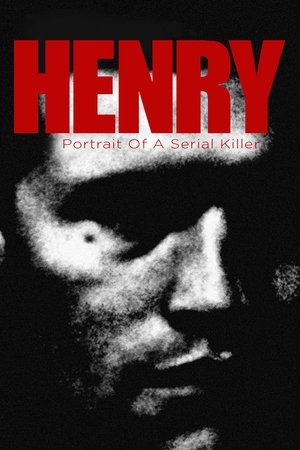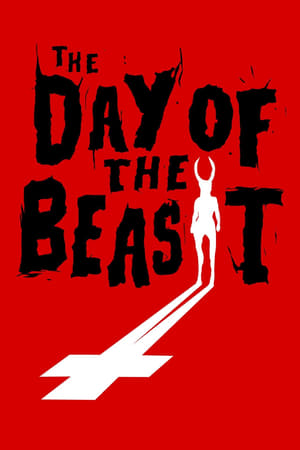Overview
In foggy London Dr Jekyll experiments on newly deceased women determined to discover an elixir for immortal life. Success enables his spectacular transformation into the beautiful but psychotic Sister Hyde who stalks the dark alleys of Whitechapel for young, innocent, female victims, ensuring continuation of the bloodstained research. With each transformation Sister Hyde becomes the more dominant personality, determined to eventually suppress the frail, ineffectual Dr Jekyll forever.
Reviews
Hammer’s Gender Bending of the Robert Louis Stevenson Story Is Deliciously Entertaining.
Dr. Jekyll and Sister Hyde is directed by Roy Ward Baker and written by Brian Clemens. It stars Ralph Bates, Martine Beswick, Gerald Sim, Lewis Fiander, Susan Brodrick and Dorothy Alison. Music is by David Whitaker and cinematography by Norman Warwick.
Dr. Henry Shekel (Bates) is working on an elixir that he hopes will be the answer to longevity of life. The answer he believes is to be found in female hormones taken from cadavers sent his way by Burke and Hare. Unfortunately, when the doctor resorts to trying the potion himself, he is transformed into a ravishing but dangerous woman. With London in the grip of Jack the Ripper’s reign of terror, could it be that Jekyll and Sister Hyde are linked to the Jolly jack killings?
Burke by name, Berk by nature!
It’s an awful title, it really is, I know for a fact people have avoided the film purely because they thought it sounded like some lame British horror parody piece. Which is a shame because it’s a devilishly fun picture that breathes new life into a formula that has never been short of on screen treatments. Not only does Clemens’ intelligent screenplay have the transformed “creature” be a smouldering sex bomb in the shapely form of Martine Beswick, he also reshapes horrible history by having Jack the Ripper and Burke and Hare tied into the plotting. Hell there’s even a nifty aside to Sweeney Todd in there as well.
Murder, horrible grizzly murder!
Baker directs with some style, never letting the picture drift aimlessly, while he along with Norman Warwick and the set designers create a classic Gaslight Gothic look, the perfect backdrop to such devious doings and berserker gender bending. The transformation sequences are deftly handled, the duality of beings and mirrors a narrative strength, while the film isn’t afraid to add humour over the top of the gruesome Technicolor murders. In fact sometimes the in jokes are so subtle it’s not hard to see why many film observers of the time didn’t get the joke when it was released, the crafty wink-winkery to the audience wasted on the unaware.
With Bates and Beswick leading from the front with strong and assured performances, and looking credible as brother and sister into the bargain, the film is never less than enjoyable. It overcomes the gimmick idea to play out a story that stands unique in its freshness. Oh for sure there’s some weaknesses in the production, but really this is a Hammer film that deserves its cult fan base because it repays the good will consistently on repeat viewings. 8/10
_**What if Dr. Jekyll morphed into an alluring woman rather than a monster?**_
In the late 1880s, murders of prostitutes start piling up in the Whitechapel district of east London where a professor (Gerald Sim) starts to suspect a colleague (Ralph Bates), who’s working on a curious elixir of life that needs female hormones taken from fresh cadavers. Martine Beswick plays Jekyll’s “sister.”
"Dr. Jekyll and Sister Hyde” (1971) was the third Hammer film inspired by Robert Louis Stevenson's famous story from 1886. The other two were "The Ugly Duckling" (1959), a horror comedy, and “The Two Faces of Dr. Jekyll" (1960). “Two Faces” is the best one, but “Sister Hyde” is interesting and has some highlights.
For instance, it mixes in two historical serial murder accounts: The Jack the Ripper slayings, which occurred from 1888-1891, and the Burke and Hare murders, which took place in 1828 Edinburgh. Since Stevenson based his 1881 yarn “The Body snatcher” on the Burke and Hare case, scriptwriter Brian Clemens felt it would be a fitting addition. In any case, I like the way Jekyll justifies his diabolical doings for the (supposed) greater good of humanity.
The key deviation of the story is helped by the fact that Bates and Beswick have a similar look.
As with most Hammer flicks there are a few notable beauties, whether costarring or in the periphery. Besides Martine, there’s Susan Brodrick as the winsome Susan, plus a couple others.
The film runs 1 hour, 33 minutes, and was shot in Elstree Studios, Borehamwood, Hertfordshire, just northwest of London.
GRADE: B-

 97 min
97 min
 6.1
6.1
 1971
1971
 United Kingdom
United Kingdom
 John Chard wrote:
John Chard wrote: